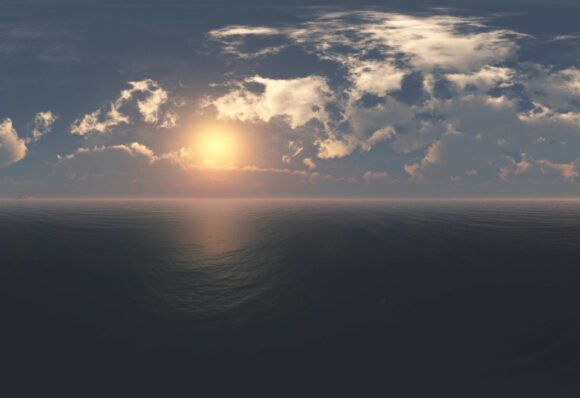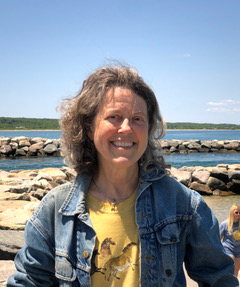 Rutgers professor participating in historic ocean treaty negotiations predicts it will increase ocean resilience to climate change
Rutgers professor participating in historic ocean treaty negotiations predicts it will increase ocean resilience to climate change
Climate change. Overfishing. Seabed floor mining.
These are some of the epic challenges that would be addressed by a historic United Nations treaty protecting ocean biodiversity that gained backing in early March when a significant majority of nations agreed on language supporting it.
Covering the “high seas,” the enormous belt of brine spanning nearly half of the globe, the U.N. High Seas Biodiversity Treaty would protect marine biodiversity and provide oversight of international waters.
Cymie Payne, an associate professor in the Department of Human Ecology in the Rutgers School of Environmental and Biological Sciences (SEBS) and the Rutgers Law School, was present at the U.N. headquarters in New York for the entire two-week conference and for the 38-hour final session, when the final wording of the treaty was agreed upon. Kyra Bostic, a SEBS undergrad and Payne’s student, was a delegate at the conference with her.

Rutgers Professor Cymie Payne. Photo: Courtesy of Cymie Payne.
Payne, an expert in international and environmental law, explained the goals of the treaty, its importance and some of the next steps toward implementation.
We’ve read and heard references to the “high seas” in books, movies and songs, but what is meant by the term? Why do the high seas need protection?
Payne: The term “high seas” refers to the area of the ocean lying more than 200 nautical miles from coastlines. The phrase encompasses not only the water column, but the seabed below and the air space above. The high seas cover nearly half the Earth’s surface and are shared by all nations under international law. All nations, whether coastal or landlocked, have an equal right to conduct scientific research there, fish and navigate.
We have a lot of laws for our lands relating to all kinds of pursuits, including residential uses and industrial activities. When it comes to laws governing the high seas, however, there’s almost nothing. Only some limited agreements.
The area is vast, mostly unmanaged and teeming with life. Over the last 10 to 20 years, our technology has made it possible and interesting for humans to go out there and use that space. Commercial fisheries are out there. Companies are proposing to begin mining the seabed for minerals like cobalt and manganese, and prospecting for marine life possessing unique genetic material to be used for commercial purposes. Submarines are traversing the deep and undersea cables are being installed for communications networks. Climate change is exerting effects we can’t yet fully understand. There’s a possibility that we’re wiping out species we don’t even know about with our activities. We want to try to manage activities and achieve a better result.
Why were you present and so involved in the negotiations?
Payne: I chair the Ocean Law Specialist Group of the World Commission on Environmental Law, an expert commission advising the International Union for Conservation of Nature (IUCN). I served as a delegate at the treaty negotiations for the IUCN.
I provide my expertise to the delegation, which in turn often supports the capacity of developing countries that may not have technical experts available to them. I also conducted participant observation for my scholarship. Over the course of the negotiations – beginning in 2015 – I and my team produced analysis and briefing papers on topics for governments wrestling with legal and policy issues or wording. We shared those position papers widely. Unusual in that setting where nations are the most visible actors, our recommendations were sometimes referenced right on the floor of the meeting room.
What will the treaty do for the world’s oceans?
Payne: The treaty fills a legal and management gap for the high seas. It’s a vast, common resource, yet only a small number of countries have taken advantage of opportunities presented there. The agreement will help more countries get involved by sharing the rewards from scientific discoveries. It will require countries to commit to assessing and mitigating environmental impacts from their activities. The treaty also will create a mechanism to designate “marine protected areas.” This is expected to protect unique high seas ecosystems, like the Sargasso Sea.
What’s the timeline for bringing the treaty to fruition?
Payne: We have an agreed text, so that is the starting point. Once it is adopted (likely in June), at least 60 countries must ratify the agreement. This may take three to five years. Meanwhile, we will continue our work, assisting with analysis and recommendations of how to implement the treaty.
This article originally appeared in Rutgers Today.

